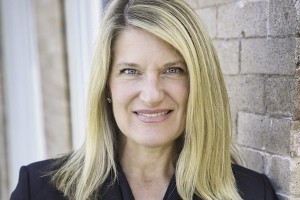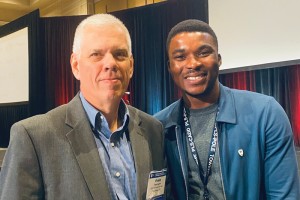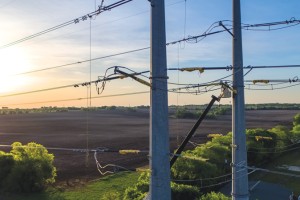It has been less than four years since the 2019 publication of the foundational provisions developed to advance performance-based wind design into practice, and the Structural Engineering Institute (SEI) of the American Society of Civil Engineers (ASCE) is leading the way on two additional steps forward.
…Review Category : Editorial
As I embark on my year as NCSEA President, I have a renewed sense of awareness and appreciation of all of the great work that CASE, NCSEA, and SEI are doing to advance the Structural Engineering profession. I am also inspired by the engagement of so many individuals within various levels of our organizations, working together with a common purpose. Those who have engaged already recognize the value of participation and the benefits of both investing in their career and doing their part to help advance our profession. If you missed it, I encourage you to read the editorial by Jeannette Torrents from the February issue on “The Value of Participation.”
…
It is said that if you are risk averse, don’t bother getting out of bed in the morning. The structural engineering profession is no exception, which practitioners know all too well. In fact the Coalition of American Structural Engineers (CASE) was born out of the idea of risk management for structural engineers being an important thing.
…Starting in mid-2020, following the outcome from the 2019 International Code Council’s (ICC) Group B Hearings, an ad hoc committee of dedicated experts from the ASCE/SEI 7 Minimum Design Loads and Associated Criteria for Buildings and Other Structures committee began a two-year process to develop a code change proposal for the next cycle of the ICC Hearings in 2022. This happens all of the time, but this effort was the epitome of collaboration.
…Congratulations! The fact that you’re reading STRUCTURE means that you’re already a member of a structural engineering organization (CASE, NCSEA or SEI). But are you really getting your money’s worth? If you’re not actively involved, you’re not truly leveraging the value of your membership.
…Many of us may not remember much of what we learned during our college years in an engineering program. Some of the coursework likely directly impacts our day-to-day engineering career while much of it does not. However, after a few short days and weeks on the job and continuing for years, we all realize that there is much about a successful career as a consulting structural engineer that is not taught in school at all. Passing this critical on-the-job training (OJT) to younger staff, so our firms can continue to prosper and grow into the future, is no small task. This training typically happens in the day-to-day trenches of project management, but lessons learned should be shared with all staff on a regular basis so all can benefit. Discussing and sharing hard and soft skills, failures, and successes are extremely valuable in developing younger engineers.
…We each face thousands of decisions in our lives. I want to share three of my decisions relative to my practice of structural engineering in the hope that you might find something in common.
…As a new engineer, I was at a site one afternoon struggling over a portion of a project not installed per plan. The contractors’ position was that the plan asked for something that was not done. The design team’s point was that they should have qualified their bid if the contractor knew this was not possible. My role was to defend specifying that the elevator guide rails for a 2-story wood framed building with less than 10-foot story heights needed to span floor-to-floor (i.e., a guide rail support tube would not be provided). While the details were eventually worked out, the outcome of this experience is the more important story.
…The National Council of Examiners for Engineering and Surveying (NCEES) intends to transition the SE Exam to a computer-based test (CBT). NCEES began the process of transitioning its licensing exams to a CBT format in 2011, and the SE exam is the last to undergo the change. Starting in 2024, the current two-section, 16-hour Structural Exam will be replaced with the new computer-based test. But here’s the rub: the new exam will be expanded to four sections and a length of 21 hours.
…“Come gather ’round people wherever you roam and admit that the waters around you have grown and accept it that soon you’ll be drenched to the bone. If your time to you is worth savin’, then you better start swimmin’, or you’ll sink like a stone for the times they are a-changin’.” – Bob Dylan
Times in the electric utility world seem to be more rapidly a-changin’ than ever before. Why you may ask, do I mention the electrical utility industry in STRUCTURE magazine? While it is obvious that Electrical Engineers are the beating heart (at 60 Hz) of the electric power grid, Civil and Structural Engineers add the bones and create the muscle that helps give the grid its strength, durability, and, dare I add, resiliency? The challenges facing the electric power grid are unique and unprecedented. As the Bob Dylan refrain elaborates, the waters of change are growing and we… better start swimmin,’ or you’ll sink like a stone!
…








